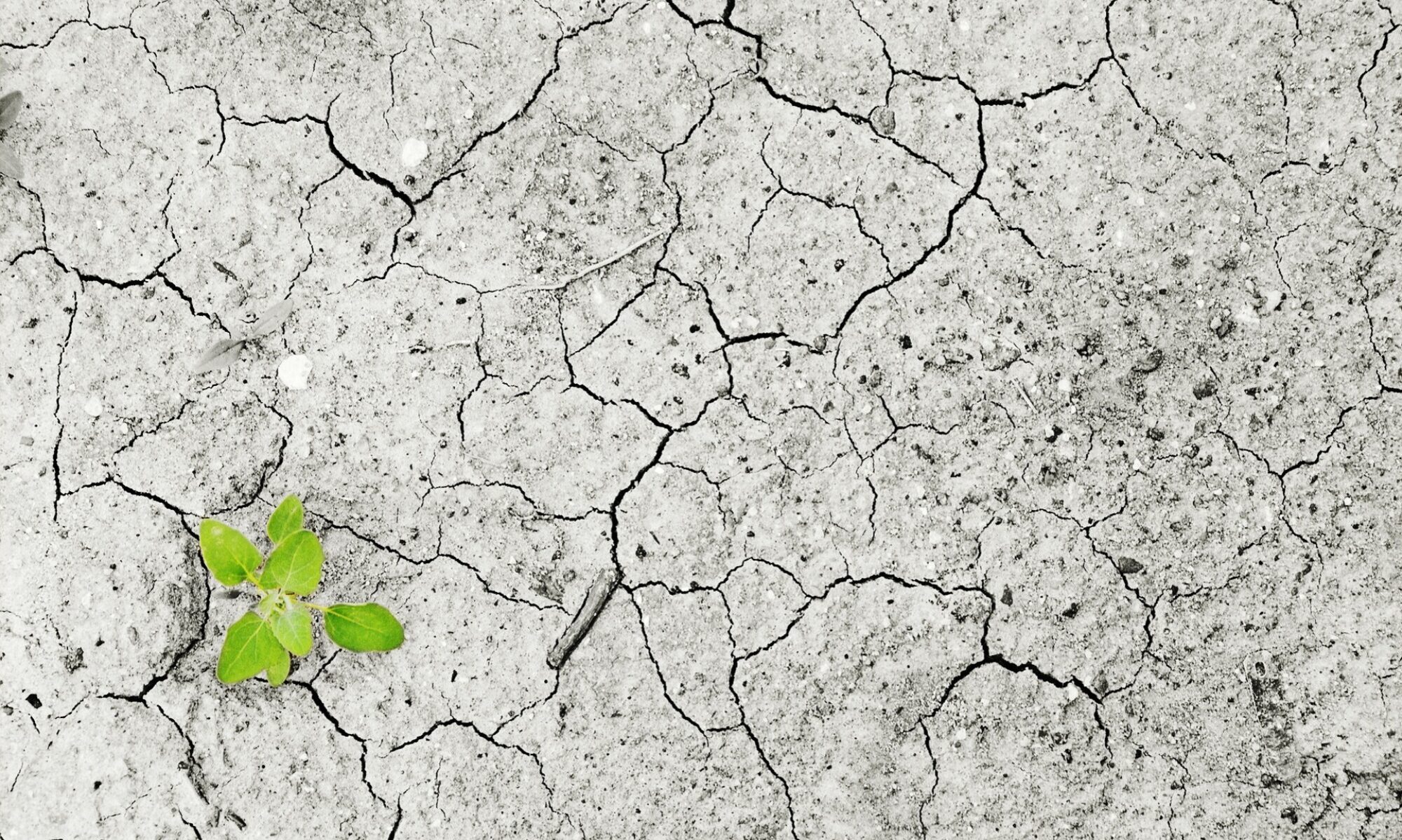15 May 2021 – by Ben St. Laurent
Meteorologists and wildfire experts have reported early indicators of another unprecedented season of wildfires in the western United States. Continuous monitoring from NOAA’s National Integrated Drought Information System (NIDIS) shows that nearly half of the U.S. is experiencing drought and the most extreme conditions are concentrated in the Southwest and Pacific. According to National Weather Service data, drought is expected to persist and expand over the region, while temperatures remain above average this summer. AccuWeather wildfire forecasts classify parts of 18 states at high risk of wildfires, nine of which are currently at an extreme risk. Data from the National Interagency Fire Center (NIFC) determined that wildfires have already swept through over a quarter million acres by early May 2021 – double what they had by this time last year.
What this means for local residents and businesses, still reeling from the effects of the pandemic, is alarming. According to the Internal Displacement Monitoring Centre (IDMC), up to 280,000 residents of the western U.S. had been displaced in the first two weeks of September 2020. Yearly evacuation and displacement will likely contribute to domestic climate migration out of the western U.S. The Insurance Information Institute reported that the wildfires in 2020 burned 10 million acres, destroyed 10,500 structures, and incurred billions of dollars in damages. As western states prepare for another year of extreme wildfires, NPR describes how businesses are still rebuilding from last year’s fires – and also the remaining fire damage from years ago. Jeff Smith, owner and founder of Napa Valley’s fire-damaged Hourglass Winery, spoke to NPR about preventative measures residents have begun to take, including using fire resistant building materials and creating defensible space on private property.
In a press conference in early April, Governor Gavin Newsom, California Natural Resources Secretary Wade Crowfoot, and Cal Fire Director Thom Porter addressed the need to plan ahead for the 2021 fire season. Crowfoot underscored the reality that “we are not going to respond our way out of this crisis”, citing increasing temperatures and decreasing precipitation resulting from climate change. The recent increase in the length and severity of wildfires across the American West is a testament to the destruction of climate change and the immediate impact it has on the lives of residents. Towards the effort to invest in proactive wildfire protection, Governor Newsom announced the allocation of $536 million in fire prevention funding, which follows the $80.74 million in emergency funds designated in March to add 1,399 firefighters to the Cal Fire crew this year.


